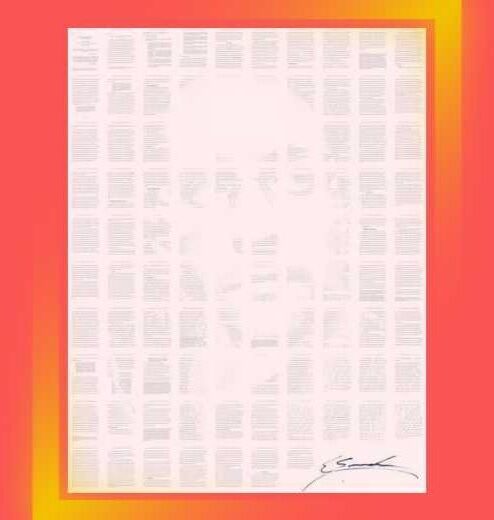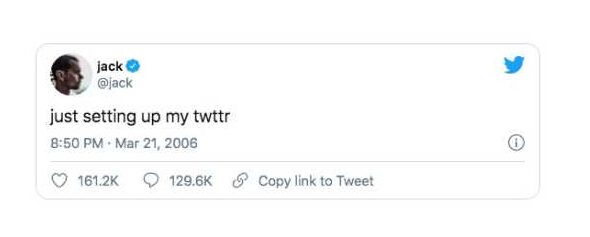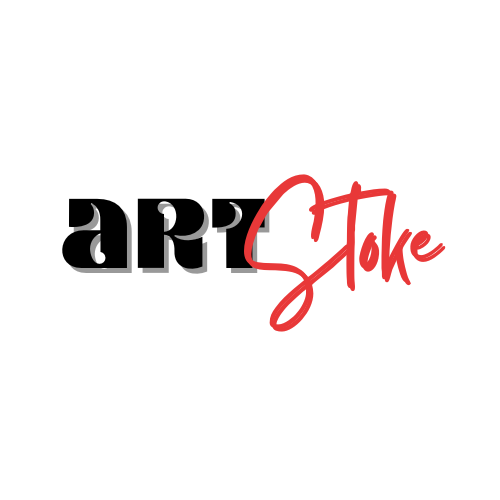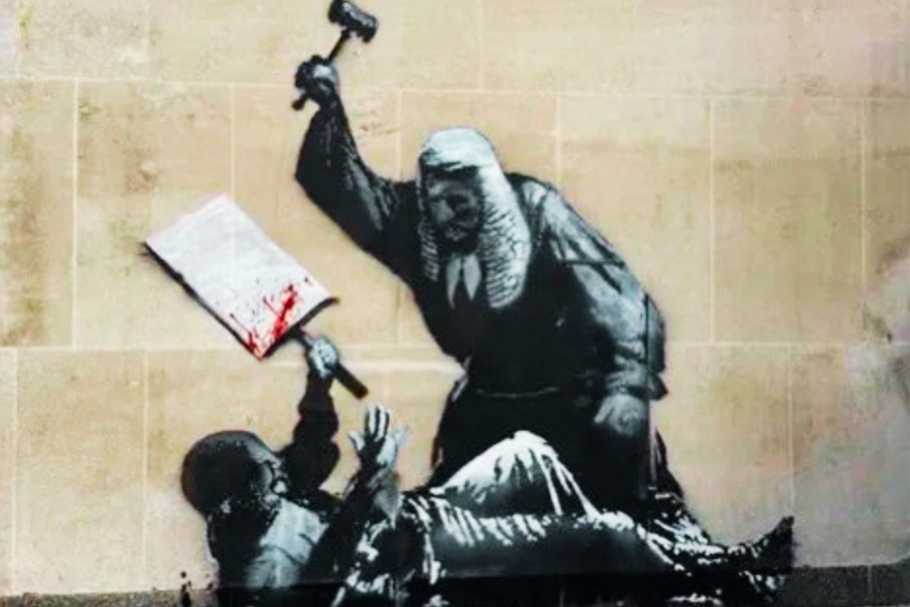The digital art world has experienced a seismic shift with the advent of online auctions, particularly those leveraging blockchain technology and NFT (Non-Fungible Token) marketplaces. Initially, online digital art auctions mirrored traditional methods, where artworks were sold on platforms like eBay or specialized auction websites through fixed prices or standard bidding systems. However, the rise of NFT marketplaces such as OpenSea, Rarible, and Foundation has revolutionized this landscape, introducing a variety of innovative auction formats that offer unprecedented flexibility and opportunities for both artists and collectors. This evolution has not only transformed how digital art is bought and sold but also enhanced engagement, price discovery, and support for artists. Significant auctions like Beeple’s “Everydays: The First 5000 Days,” which sold for $69.3 million, and Pak’s “The Fungible Collection,” which fetched $16.8 million, have brought mainstream recognition to NFTs and underscored the cultural and financial impact of this new medium, marking a new era in the digital art market.
Cultural Significance
Several crypto art auctions have made a significant cultural impact, shaping the perception and future of digital art. Here are some of the most culturally significant NFT auctions and the reasons for their importance:
Beeple’s “Everydays: The First 5000 Days”
Platform: Christie’s Sale Price: $69.3 million
This auction marked the first time a major traditional auction house sold a purely digital artwork with an NFT. It brought mainstream attention to NFTs and legitimized digital art in the eyes of traditional collectors and the broader public. The staggering sale price set a new benchmark for digital art, highlighting the potential value and investment opportunity in NFTs.
Pak’s “The Fungible Collection”
Platform: Sotheby’s and Nifty Gateway Sale Price: $16.8 million
Pak’s use of various auction formats, including Dutch auctions and open editions, showcased the flexibility and creativity possible with NFTs. Pak’s work played a key role in bridging the gap between traditional art institutions and the crypto art world, attracting attention from both traditional and digital art collectors.
CryptoPunks
Platform: Larva Labs (originally), Various auction houses Notable Sale Prices: CryptoPunk #7804 for $7.6 million, CryptoPunk #3100 for $7.58 million
CryptoPunks are one of the earliest and most iconic NFT projects, often cited as the inspiration for the NFT movement. They have become symbols of digital ownership and status within the crypto community, influencing numerous subsequent NFT projects.
Edward Snowden’s “Stay Free”
Platform: Foundation Sale Price: $5.4 million
This NFT combines the entirety of a court decision ruling the NSA’s mass surveillance as unlawful with an image of Snowden. It underscores the potential of NFTs to carry significant political and social messages. Proceeds from the sale went to the Freedom of the Press Foundation, highlighting the philanthropic potential of NFTs.

5. “The First Tweet” by Jack Dorsey
Platform: Valuables by Cent Sale Price: $2.9 million
Auctioning the first-ever tweet by Twitter’s founder emphasized the historical and cultural value that digital artifacts can hold. Proceeds were donated to COVID-19 relief efforts, showcasing how NFTs can be leveraged for social good.

6. “Crossroads” by Beeple
Platform: Nifty Gateway Sale Price: $6.6 million
The artwork, which reacts to the outcome of the 2020 U.S. presidential election, exemplifies how digital art can respond to and comment on contemporary political events. The high resale value underscored the growing secondary market for NFTs and the potential for appreciating value.
7. Grimes’ “WarNymph Collection”
Platform: Nifty Gateway Sale Price: $6 million
The involvement of a mainstream artist like Grimes brought additional attention to NFTs from outside the traditional crypto and art communities. The collection featured both visual art and music, highlighting the collaborative and multidisciplinary potential of NFTs.

8. “The Doge NFT”
Platform: Zora Sale Price: $4 million
“Doge” is one of the most well-known internet memes and its transformation into a high-value NFT illustrates the cultural shift towards valuing digital culture and internet phenomena. The NFT was later fractionalized, making it accessible to a wider range of collectors and emphasizing the democratizing potential of NFTs.
9. Mad Dog Jones’s “Replicator”
Platform: Phillips Auction House Sale Price: $4.1 million
The NFT is designed to create new NFTs over time, showcasing innovative uses of blockchain technology in art. Its sale by a traditional auction house demonstrated increasing acceptance of NFTs in the high-end art market.
These auctions not only achieved impressive financial results but also demonstrated the diverse potential of NFTs to impact art, culture, politics, and charity. They played a crucial role in bringing NFTs into mainstream awareness and validating the significance of digital art in contemporary culture.
Innovative Auction Formats
English Auctions
This is the most common auction format. Traditional ascending bid auction where bidders place higher bids until no more bids are placed. The closing call is the phrase that the auctioneer uses to signal the end of the bidding. Once the auctioneer has made the closing call, no more bids can be accepted. English auctions encourage competitive bidding, often leading to higher final prices. It’s straightforward and familiar to many participants.
Example, CryptoPunk #7804. CryptoPunk #7804 was sold in a traditional ascending bid auction format. The auction attracted competitive bids, ultimately selling for $7.6 million. This format’s familiarity and straightforward nature drove high participation.
English auctions are however vulnerable to bid sniping, where last-minute bids can disrupt fair bidding. Another disadvantage is the potential for collusion, where bidders collude to keep prices low.
Incremental Auctions
Bids must increase by a minimum increment set by the seller. For example, if the bidding increment is $100 and the current bid is $1,000, the next bid must be at least $1,100. This approach ensures a steady increase in bid amounts, helping to reach higher final prices.
Example, Trevor Jones’s “The Bitcoin Angel” on MakersPlace selling for $188,888 reflecting strong collector interest.
English auctions allow any higher bid, while incremental bid auctions require bids to follow a fixed increment.
Timed Auctions
Auctions are open for a set period, during which bidders can place their bids. The highest bid at the end of the time frame wins the auction. This approach creates urgency and excitement, driving higher participation and often higher final prices.
Artists promote their auctions on social media, their websites, and through other online channels. This helps to increase awareness of the auction and attract more bidders before the start of the auction.
Example, Beeple’s “Everydays: The First 5000 Days”. This landmark NFT auction was conducted as a timed auction on Christie’s, lasting for two weeks.
Dutch Auctions
The auction starts with a high price that decreases over time until a bidder accepts the current price. This approach allows for price discovery and can lead to quicker sales. It also adds a strategic element for bidders who must decide the optimal time to place a bid.
It is important to be aware of the starting price and the rate at which the price decreases. Setting a realistic buyout price (the starting price) is important. If the buyout price is too high, bidders may be discouraged from participating in the auction. Buyers should also be aware that the auction may end at any time if a bidder is willing to accept the current price.
Example, Pak’s “The Fungible Collection”. In this Dutch auction, the price of Pak’s NFTs started high and decreased over time. Collectors had to decide the optimal moment to buy, balancing the risk of missing out with the potential for a lower price. This auction format created a strategic and engaging buying experience.
Reserve Auctions
A minimum price (reserve price) is set. The auction will not complete unless bids meet or exceed this price. This approach protects the seller from undervaluing their art and ensures that the artist receives a minimum acceptable amount. If the reserve price is not met, the auction will end and the artwork will not be sold. Buyers should also be aware that the reserve price may not be disclosed publicly.
Example, FEWOCiOUS’s “The Everlasting Beautiful”. This NFT was sold with a reserve price set by the artist. The auction ensured that the artwork would not be sold below a certain value, protecting the artist’s interests and guaranteeing a minimum return.
Sealed-Bid Auctions
Bidders submit their bids without knowing the bids of others. Each bidder submits a single bid. The highest bid wins the auction. In some variations, the highest bidder pays either their bid amount (first-price sealed-bid auction) or the second-highest bid amount (second-price sealed-bid auction, also known as a Vickrey auction). This auction format encourages honest valuations from bidders and can lead to surprising outcomes. It eliminates the influence of competitive bidding dynamics.
Example, Mad Dog Jones’s “Replicator” on Phillips Auction House, resulting in a final sale of $4.1 million.
Blind Auctions
Bidders do not see other bids until the auction concludes. Typically, the highest bid wins, but variations can include multiple rounds of bidding or additional mechanisms for determining the winner. This approach adds an element of surprise and strategic guessing, which can lead to varied bid amounts and outcomes.
Example, “The First Drop” by Krista Kim on SuperRare. Bidders placed their offers without visibility into other bids. The element of surprise and strategic guessing led to varied outcomes, with the highest bid securing the NFT for $30,000.
While both sealed-bid and blind auctions share the element of bid secrecy, they differ in their execution and typical applications, with sealed-bid auctions being more straightforward and strategic, and blind auctions often being more engaging and varied.
Fractional Ownership Auctions
Instead of selling an entire artwork, fractions (shares) of the NFT are auctioned off, allowing multiple owners to hold a stake in the art. This approach makes high-value art more accessible to a broader audience, democratizing ownership and investment in digital art.
Example, “The Doge NFT” on Fractional.art. This iconic meme NFT was fractionalized, allowing multiple owners to purchase shares of the artwork.
Raffle Auctions
Bidders purchase raffle tickets for a chance to win the NFT. The winner is selected randomly from ticket holders. This approach adds a gamified element to the auction, increasing engagement and participation, especially for lower-priced entry points.
Example: “Genesis Drop” by 888 The New World on Rarible. In this raffle auction, collectors purchased tickets for a chance to win the NFT. The gamified approach increased engagement and participation, making it an exciting event for the community.
Relative Success of Auction Formats vs. Standard Sales: Trends & Insights
The success of different sales formats can vary based on market trends, collector sentiment, and external factors such as cryptocurrency price fluctuations. Artists and platforms continuously adapt their strategies to optimize outcomes, often using a mix of auction and fixed-price sales.
Higher Prices and Engagement
Auction formats, particularly timed auctions, often result in higher final sale prices compared to fixed-price sales due to competitive bidding. Auctions can generate excitement and urgency, attracting more participants and increasing engagement.
Collector Behaviour and Preferences
Some collectors prefer the thrill and potential bargains of auctions, while others opt for the certainty and immediacy of fixed-price sales. The choice of sales format can depend on the artist’s goals, the type of artwork, and the target audience.
Broadened Market Participation
Formats like fractional ownership and raffle auctions lower the barrier to entry, allowing more people to participate in the crypto art market. This democratization helps in building a larger and more diverse collector base.
Improved Price Discovery
Different auction formats help in better price discovery for artworks. Dutch auctions and sealed-bid auctions, for example, provide unique mechanisms for understanding the market value of art pieces.
Market Dynamics and Artist Support
Auctions reflect real-time market demand and can establish fair market value for artworks. Artists benefit from the visibility and promotion associated with high-profile auctions, leading to increased brand recognition and sales.
Increased Market Liquidity
More frequent and varied auction formats contribute to higher liquidity in the market. Artists and collectors can buy and sell more efficiently, keeping the market active and dynamic.
Enhanced Engagement and Excitement:
Innovative and gamified auction formats (like raffle auctions) boost engagement by making the process of acquiring art more interactive and fun. This increased engagement can lead to higher overall interest and participation in the market.
Closing
The evolution of online digital art auctions, spurred by the rise of NFT marketplaces, has brought about significant innovations that have reshaped the crypto art world. From timed and Dutch auctions to fractional ownership and raffle auctions, these new formats have democratized access, improved price discovery, and increased market liquidity. Culturally significant auctions, such as Edward Snowden’s “Stay Free” and Jack Dorsey’s “The First Tweet,” have demonstrated the potential of NFTs to carry profound political and historical significance, while celebrity involvement, like Grimes’ “WarNymph Collection,” has broadened the appeal of digital art to new audiences. As the digital art market continues to evolve, these innovative auction formats and landmark sales will undoubtedly play a crucial role in shaping its future, fostering a vibrant, inclusive, and dynamic ecosystem for artists and collectors alike. The continued success of high-profile auctions will further validate the importance of NFTs in contemporary culture and art, solidifying their place in the global art market.
References
“NFT Market Trends: Auctions and Sales Strategies” by NonFungible.com: Analyzes how different auction formats impact sales prices and market dynamics.
“The Economics of NFT Auctions” by Chainalysis: Explores the economic principles behind various auction formats and their effects on the NFT market.
“NFTs and the Art Market” by Clare McAndrew: A comprehensive report on the impact of NFTs on the traditional and digital art markets, including auction dynamics.
“The Rise of NFTs: Market Trends and Insights” by NonFungible.com: An analysis of NFT market trends, including auction performance and sales data.
“Digital Art and Blockchain: A New Age for the Art Market” by Deloitte: An examination of how blockchain and NFTs are transforming the art market, with a focus on auctions and sales formats.




